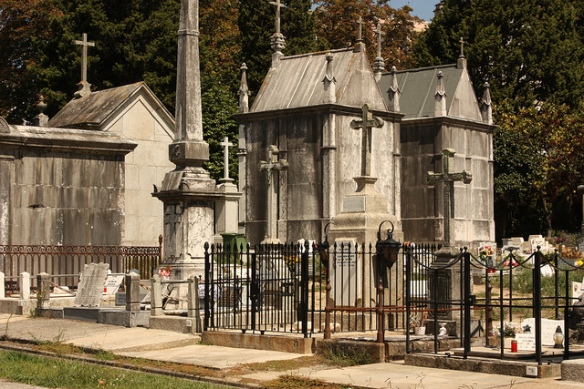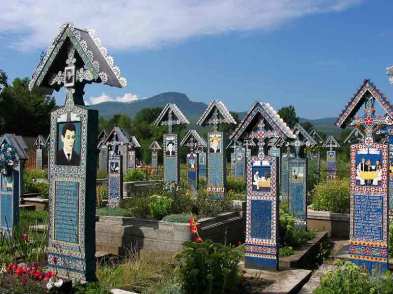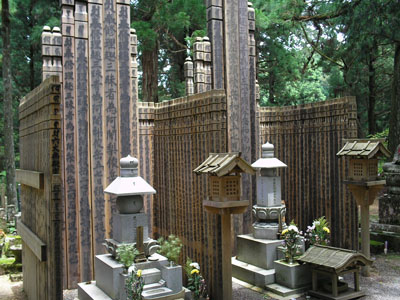A brief history of the cemeteries in Porto
The habit of using the inside of the church as a burying ground comes from the beginning of Christianity, although it has often been regarded as abusive since sinners were buried next to the relics of saints. However, the Catholic Church has never managed to avoid that. Only rarely the dead were buried far from the churches; when a large number of mortalities occurred or in the case of non catholic deceased.
Population factors and hygiene issues together with an ideological context of Enlightenment, generated some arguments about this matter but because the process of secularization of Portuguese society was quite delayed compared to other European countries, there were no promising results. It was not until 1835 that we witness the construction of a cemetery in the city.
Cemitério da Lapa
In 1833 the Brotherhood of Nossa Senhora da Lapa, asked D. Pedro IV the authorization to build a private cemetery. The Order might have suggested a mere land annex for temporary graves but it was clear from the whole process of construction that the Brotherhood really intended a “modern” cemetery, similar to the ones built in Paris some decades before. So, the cemetery of Lapa, although it isn’t public, is considered the oldest “modern” cemetery. The Lapa Cemetery was officially blessed in the summer of 1838, and the first monuments appeared in 1839.
Cemitério Prado do Repouso
In December of 1839 was also inaugurated the first public cemetery in Porto: Prado do Repouso. Initially only the poorest inhabitants of the city were buried here ; wealthy and intelectual citizens, , preferred to be buried in Cemitério da Lapa. If they were more”conservative” they might’ve prefered to be buried in the cemeteries of several other orders and brotherhoods in the city. These cemeteries were located in the outside of their churches (partially fulfilling the decree of 1835), but they weren’t yet arranged in a particular order following the “modern” model. Given this scenario, it was impossible for the municipal cemetery of Prado do Repouso to become larger and magnificent like other romantic cemeteries around Europe. Several times the civil authorities tried to stop the privilege given to private burial orders, but this resulted in serious tumults that contested this law.
It was only in 1855 that the situation of cemeteries in Porto changed, since there was a major outbreak of cholera. The civil authorities were able to close the private cemeteries that didn’t held proper burial conditions and, in parallel, built a new municipal cemetery: Agramonte.
Cemitério de Agramonte
Initially, this cemetery was used primarily as a place to bury those who fell victimes to the epidemic of cholera. Now there were two Municipal Cemeteries and people started to see Prado do Repouso as a more dignifying resting place since it wasn’t build in a rush like Agramonte (whose chapel was actually made in wood). This led to the construction of more noble monuments and gravestones in Prado do Repouso.
After the epidemic of 1855, all the graveyards belonging Brotherhood’s were eventually reopened, although it was already becoming less commun the investment on maintenance of those cemeteries where there weren’t proper conditions. In a long and difficult process, each Brotherhood ended up negotiating with the Porto’s local government to acquire private sections in municipal cemeteries. The first order to do so was the Santa Casa da Misericórdia , gaining ground in the Prado do Repouso. Order orders followed like the Ordem do Terço e da Caridade e da Confraria do Santíssimo Sacramento de Sto. Ildefonso.






















